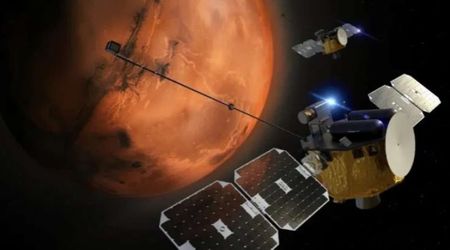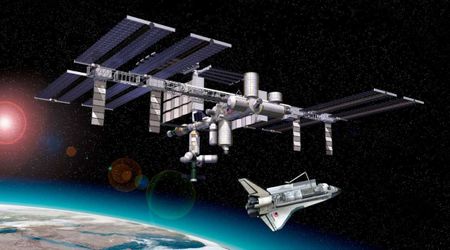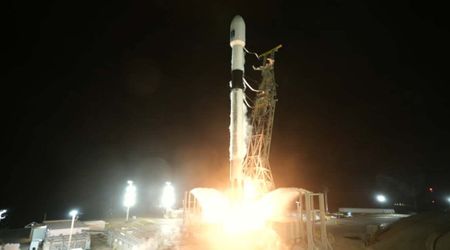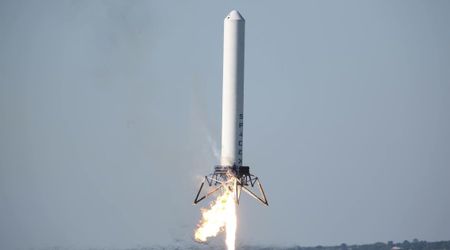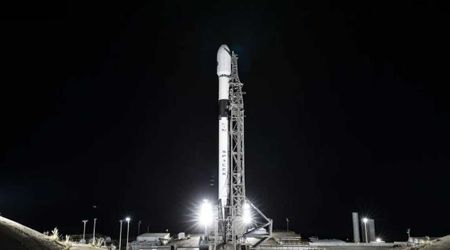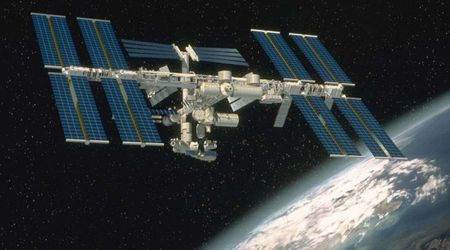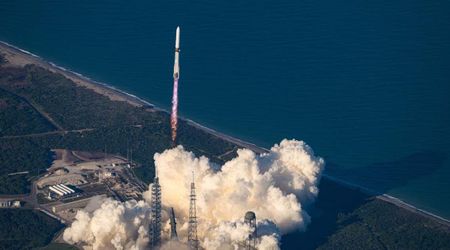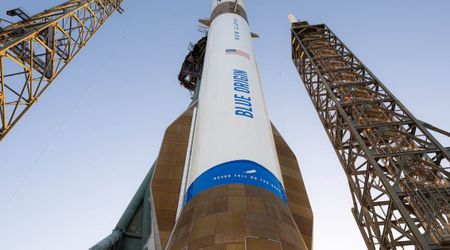SpaceX prepares for its third consecutive launch from Vandenberg Space Force Base on October 3
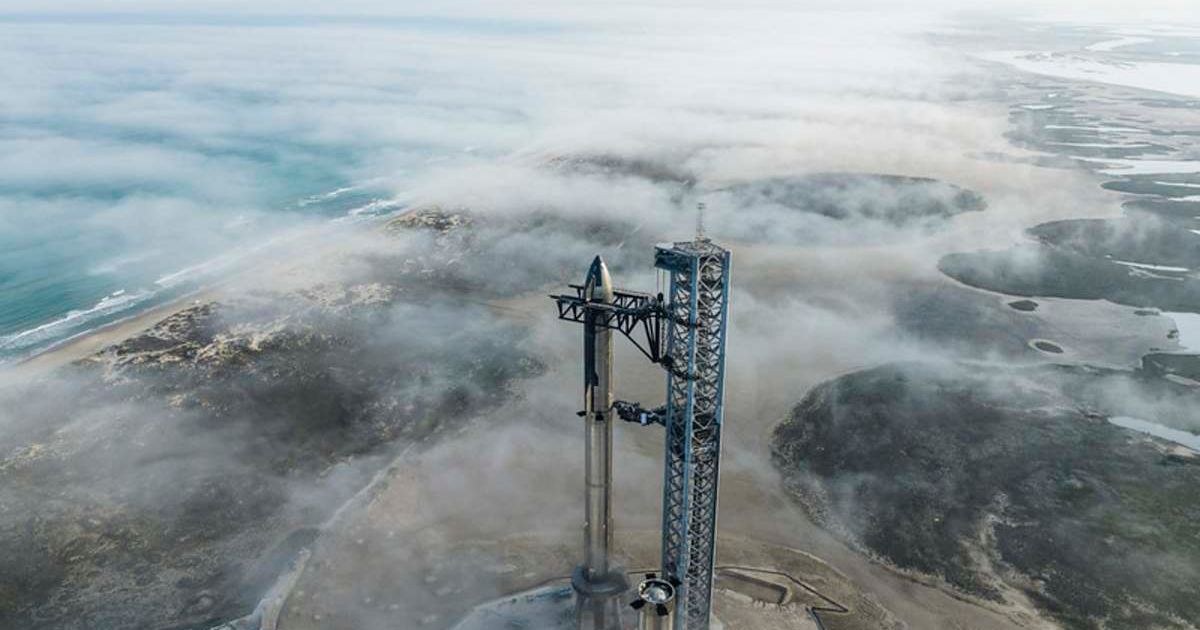
Elon Musk's SpaceX is targeting an October 3 liftoff for a Falcon 9 rocket from Vandenberg Space Force Base at 9:21 a.m. EDT (6:21 a.m. PDT), marking a notable operational pivot for the company. The mission is scheduled to deploy 28 Starlink broadband satellites into low-Earth orbit from Space Launch Complex 4 East (SLC-4E).

This flight is significant as it represents the first time in SpaceX's history since its 2010 Falcon 9 debut that the company has launched three Falcon 9 missions consecutively from its West Coast base, uninterrupted by a launch from its Florida facilities at Cape Canaveral or Kennedy Space Center, per Space X. The unprecedented string of launches from California is widely attributed to recent tropical weather activity in the Atlantic. Hurricanes like Humberto and Imelda reportedly created hazardous conditions, temporarily halting operations at SpaceX's launch sites, per Spaceflight Now. With the National Hurricane Center currently tracking additional disturbances, the West Coast has become the company's reliable launch hub.
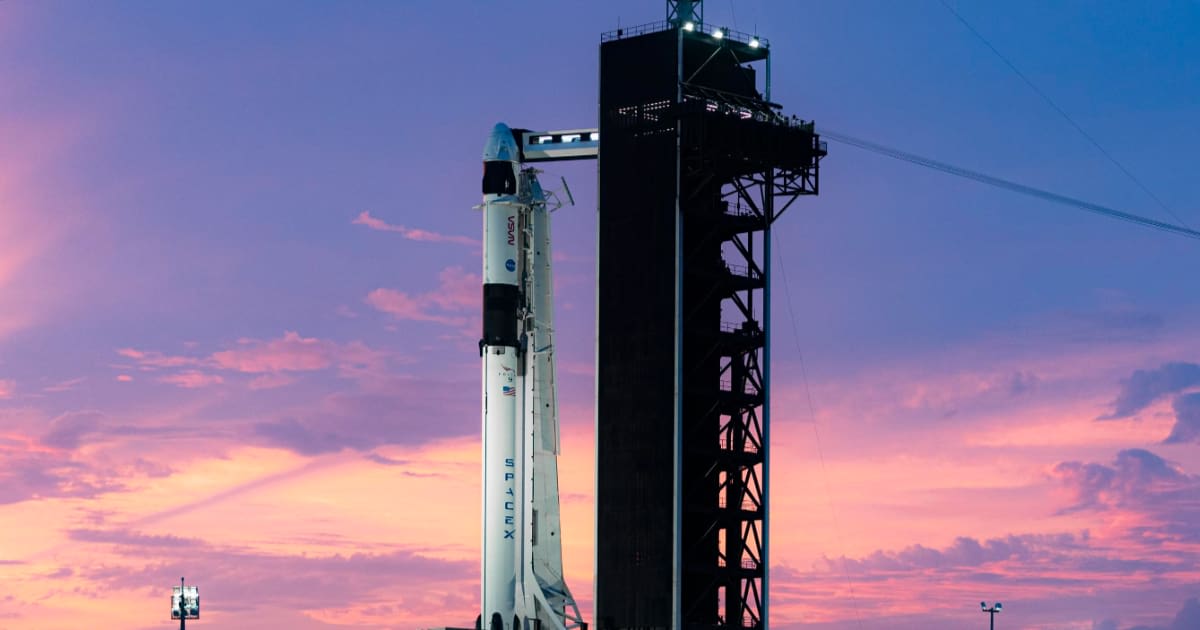
The upcoming mission utilizes a flight-proven first-stage booster that previously supported one other Starlink deployment. Following stage separation, the booster is slated for an automated landing on the "Of Course I Still Love You" droneship positioned in the Pacific Ocean, according to SpaceX. Residents in Santa Barbara, San Luis Obispo, and Ventura counties have been warned they may hear one or more sonic booms as the booster returns, with audibility contingent on atmospheric conditions.
SpaceX has openly pursued an accelerated launch cadence from Vandenberg, an effort that has made this current operational streak possible. The U.S. Air Force currently authorizes the company to conduct up to 70 launches annually from its West Coast facilities, per Spaceflight Now. Kiko Dontchev, SpaceX Vice President of Launch, recently noted in his X post that the company narrowly missed hitting a goal of 17 total launches across all pads in September due to a tropical storm. Looking ahead, SpaceX is seeking Air Force permission to increase its annual West Coast limit to 100 total launches using both SLC-4E and the prospective SLC-6 pad, the latter of which would be outfitted to support up to five Falcon Heavy launches per year.
Congrats to the entire @SpaceX team for another 16 Falcon launch/month. We were one tropical system away from hitting 17 in September, but we’ll take recovery impacts over landfall any day!
— Kiko Dontchev (@TurkeyBeaver) September 29, 2025
Special shout out to the entire west coast team for their first ever 8 launch/month.… https://t.co/SguihyvgIY
Beyond Starlink, the company's 2025 manifest includes several high-profile customer flights, such as the November launches of the Transporter-15 rideshare mission and the Sentinel-6B spacecraft, a collaborative, NASA-led international Earth observation mission. Additionally, SpaceX is preparing to launch the next batch of satellites for the Space Development Agency (SDA) as early as October 14, with the SDA aiming for a near-monthly launch schedule for its constellation.
On the other hand, SpaceX is already preparing to resume its high-tempo launch schedule from the Atlantic coast with the next Starlink mission currently slated for October 6. As per the space company, the launch window for this deployment opens at 12:32 a.m. EDT from Space Launch Complex 40 (SLC-40) at Cape Canaveral Space Force Station in Florida. The Falcon 9 will deliver another batch of 28 Starlink satellites to low-Earth orbit.
More on Starlust
NOAA's SWFO-L1 satellite launches aboard SpaceX Falcon 9 rocket from Kennedy Space Center
SpaceX launches 28 new Starlink satellites into orbit from Vandenberg Space Force Base
